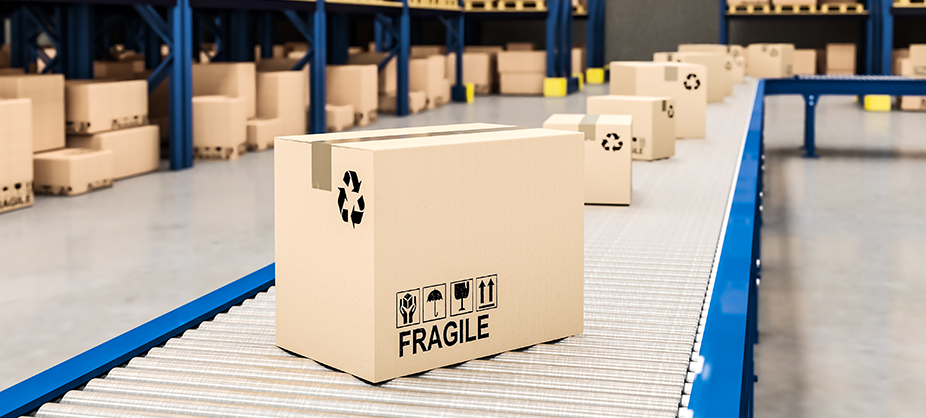These days, eco-friendly packaging is all the rage. It is among the most well-liked and discussed trends in the packaging sector. When you are using sustainable packaging supplies Sydney, less harm is done to the environment. Additionally, it improves consumers’ perceptions of the goods they purchase. But that said, what exactly is sustainable packaging? What does it mean? What packing materials currently on the market are the most environmentally friendly? These are just a handful of the frequently asked questions experts get regarding the eco-friendly packaging material supplier and materials they sell. Customers are eager to purchase these environmentally friendly packaging options. So, let’s understand ‘what is sustainable’ in terms of packaging.
What Is Sustainable Packaging?
Packaging that has the smallest possible negative impact on the environment is said to be sustainable. In other words, environmentally friendly packing materials are the ones that produce the least amount of pollution during the manufacture, production, transportation, disposal, and recycling processes.
How Is Sustainable Packaging Defined?
The development and use of packaging materials that produce greater sustainability are known as sustainable packaging. In an effort to help direct the deployment of packaging materials that limit the negative impact on the environment and a reduced ecological footprint, this translates to increasing utilisation of life cycle inventories and analyses of these life cycles.
What Makes A Packaging Material Sustainable?
A packaging material’s sustainability is determined by the effect it has on the environment when compared to substitute materials. This can be challenging because while some packaging materials advertise that they are sustainable, they are not when compared to other packaging materials that are already on the market.
What Is Greenwashing?
A marketing gimmick called “greenwashing” (sometimes referred to as “green shine”) uses ostensibly eco-friendly public relations and marketing to convince customers that a company’s goods are environmentally friendly.
The Impact Of Greenwashing
Consumers are misled into believing a product or packaging material is good for the environment or less damaging when, in fact, the opposite is true. This practise is known as “greenwashing.” This frequently results in huge purchases of things, which accumulate non-earth-friendly components significantly or raise carbon emissions. These materials frequently wind up in landfills, adding to the pollution already present in our world.
Examples Of Greenwashing
Let’s use the example of glass to show how greenwashing works. Because glass is completely recyclable, it is frequently praised as a sustainable packaging material. However, among all packaging materials, glass has one of the greatest carbon footprints. The higher weight of the glass is to blame for this. Glass has a substantially lower carbon footprint than some of the other most widely used packaging materials during production, shipping, disposal, and recycling, which frequently renders the material unrecyclable. So even though glass is frequently recycled, it really harms the environment more than other materials like plastic.
The Hard Truth About Plastic Packaging And Sustainability
Numerous polymers, including polyethylene, are totally recyclable in addition to producing considerably less carbon during production, transit, disposal, and recycling. When compared to common substitutes like glass, metal, and cardboard, this makes plastic one of the market’s most ecological packaging materials.
Comparing each of the aforementioned alternatives to various forms of plastics, it can be shown that they all have a more detrimental effect on the environment.
The Complexities Of Single-Stream Recycling
The most common recycling method is single-stream recycling, which only serves to muddle matters further. All recyclable materials are put into a recycling bin when recycling is done in a single stream. Following the collection of the bins, the contents are poured into a recycling truck.
The materials are subsequently delivered by the trucks to a recycling facility, where part of them are recycled. But since they cannot be recycled when contaminated, such items as liquids, food particles, adhesives, glues, and other contaminants are typically tossed into a landfill.
Additionally, even if you thoroughly clean all of the contaminants from your recyclable materials before putting them in the recycling bin, they may still not be recycled if they come into contact with materials that other customers of your single-stream recycling provider have not thoroughly cleaned of contaminants. To put it another way, even if the clean materials you put in your recycling container get contaminated by the waste from other single-stream recyclers, they will still probably wind up in a landfill.
Many of the materials you thought are being recycled are not being recycled due to all the dynamics discussed above.
And even if they were, materials like glass, metal, and cardboard would typically be less sustainable than plastic due to the amount of carbon they emit over the course of their whole lives. Plastics are ultimately the packaging materials that are currently most environmentally friendly. This is valid for a few types of plastic, both recyclable and non-recyclable. Although it may come as an unwelcome surprise, this is the reality as it is.
Let’s say you want to buy the most environmentally friendly packaging materials currently on the market. In that situation, it would be wise for you to purchase flexible packaging materials from package producers, wholesalers, internet merchants, or other locations that sell flexible packaging materials.
